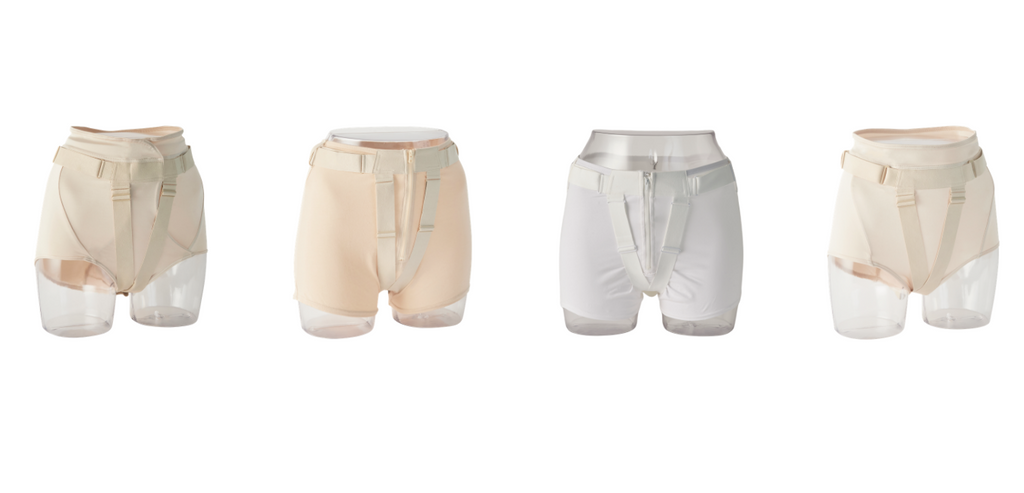
There are many reasons why women today are turning to natural options to help treat their pelvic organ prolapse. One popular non-invasive treatment is pelvic organ prolapse exercises. Many physiotherapists recommend prolapse exercises both to prevent and manage the condition, however, correct technique is crucial and must be carefully practiced in order to see results and avoid further harm on your pelvic floor. Keep reading to find out what you need to know before starting prolapse exercises.



